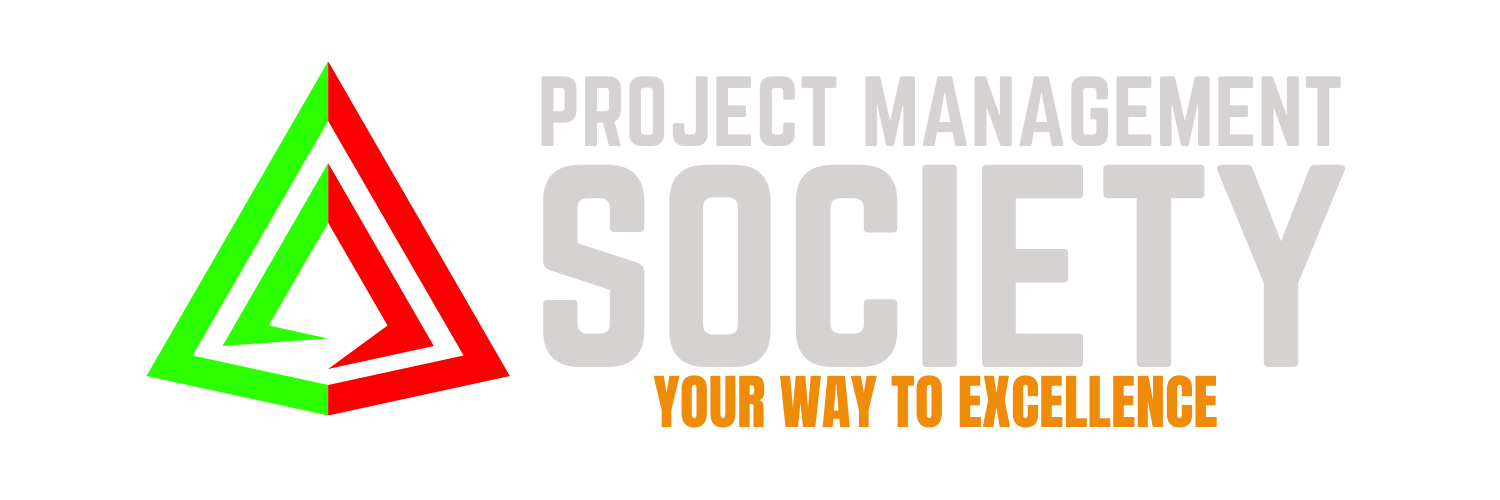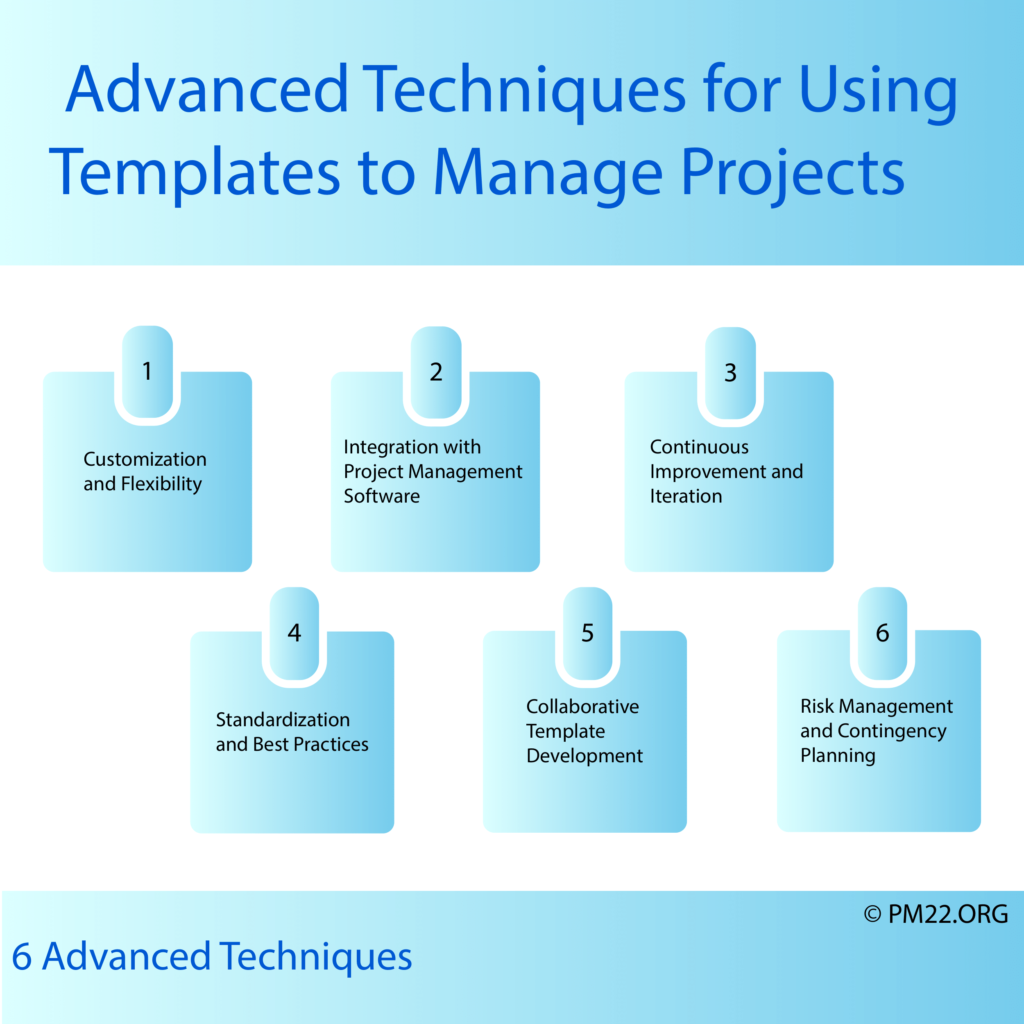 In the realm of project management, efficiency, and organization are paramount. With the complexity of modern projects ever-increasing, harnessing the power of templates can be a game-changer. Templates serve as blueprints, streamlining processes, reducing errors, and ensuring consistency throughout project lifecycles. However, to truly maximize their potential, embracing advanced techniques is essential. Let’s delve into some of these advanced strategies for utilizing templates effectively.
In the realm of project management, efficiency, and organization are paramount. With the complexity of modern projects ever-increasing, harnessing the power of templates can be a game-changer. Templates serve as blueprints, streamlining processes, reducing errors, and ensuring consistency throughout project lifecycles. However, to truly maximize their potential, embracing advanced techniques is essential. Let’s delve into some of these advanced strategies for utilizing templates effectively.
- Customization and Flexibility: While templates offer structure, they should also be adaptable to suit specific project requirements. Advanced users recognize the importance of customization. By tailoring templates to fit unique project needs, teams can enhance efficiency and address specific challenges. This involves identifying key variables within the template and creating mechanisms to adjust them as needed. Whether it’s adjusting timelines, resource allocations, or task dependencies, customization ensures that templates remain versatile tools rather than rigid frameworks.
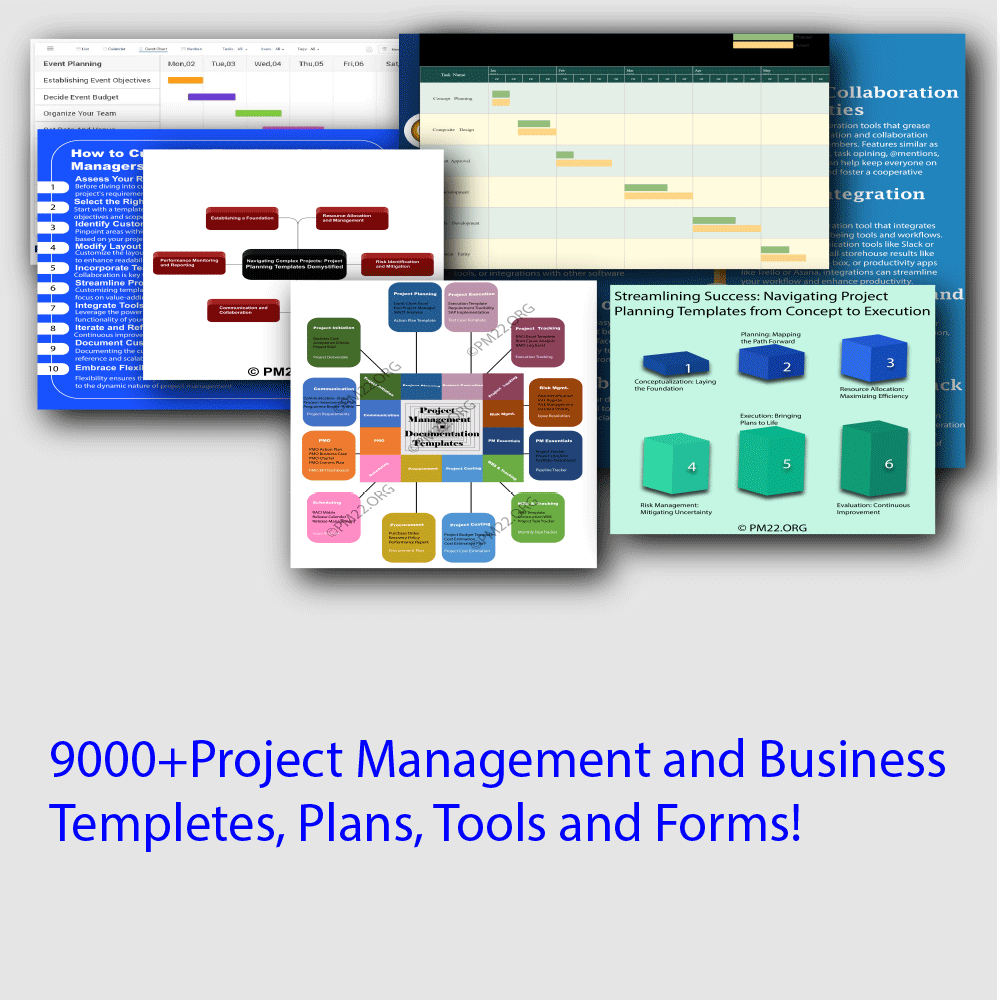
- Integration with Project Management Software: Modern project management is heavily reliant on software solutions, and templates seamlessly integrated into these platforms can significantly enhance productivity. Advanced users leverage the capabilities of project management software to automate template deployment, track progress, and generate real-time insights. By syncing templates with software features such as task assignment, progress tracking, and milestone management, teams can streamline workflows and boost collaboration across the board.
CLICK HERE TO DOWNLOAD 300+ PROJECT MANAGEMENT TEMPLATES & DOCUMENTS IN EXCEL
- Continuous Improvement and Iteration: Templates should not be static entities but rather dynamic resources that evolve. Advanced practitioners understand the importance of continuous improvement and iteration. By regularly reviewing and updating templates based on project feedback, lessons learned, and changing requirements, teams can refine processes and drive efficiency gains. This iterative approach ensures that templates remain relevant and effective, even as projects and circumstances evolve.
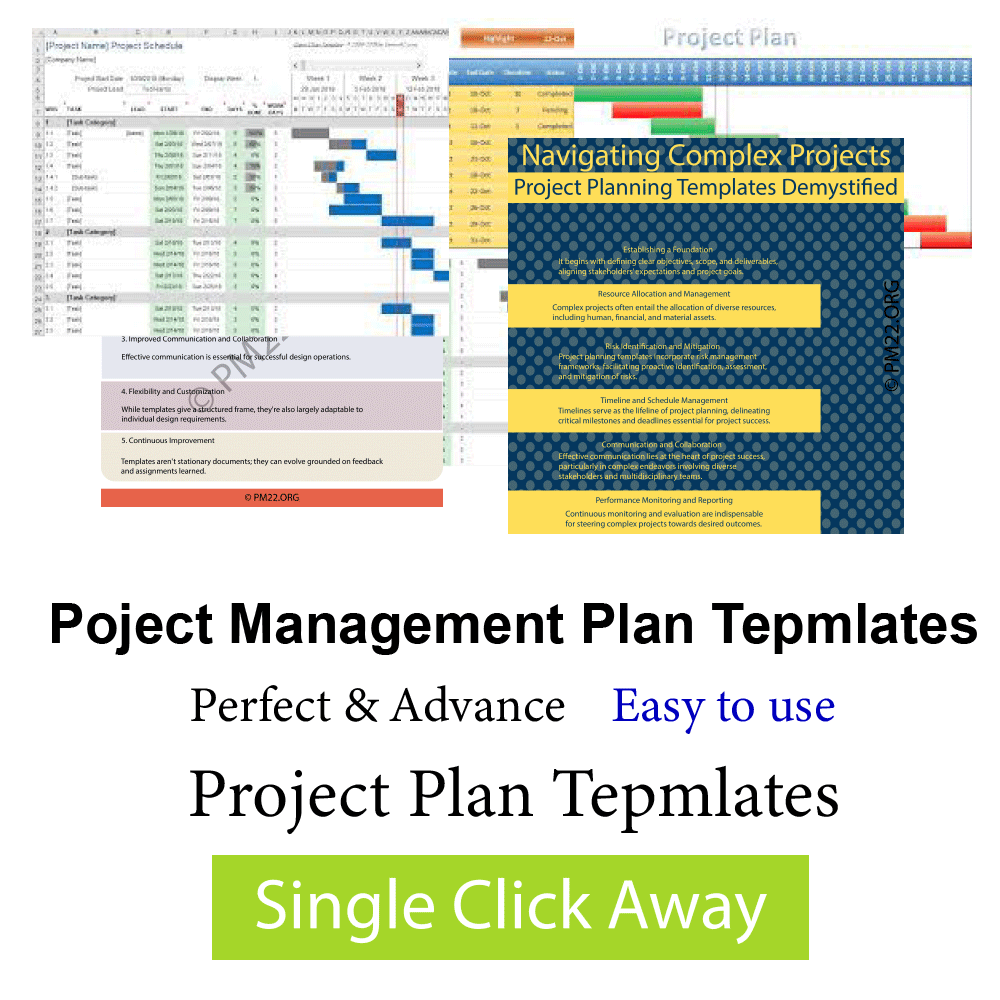
- Standardization and Best Practices: Consistency is key to successful project management, and templates play a vital role in standardizing processes and promoting best practices. Advanced users establish standardized templates that encapsulate proven methodologies, workflows, and success criteria. By adhering to established standards, teams minimize ambiguity, reduce rework, and foster a culture of excellence. Additionally, documenting and sharing best practices within templates empower teams to replicate successes across projects, driving continuous improvement and organizational learning.
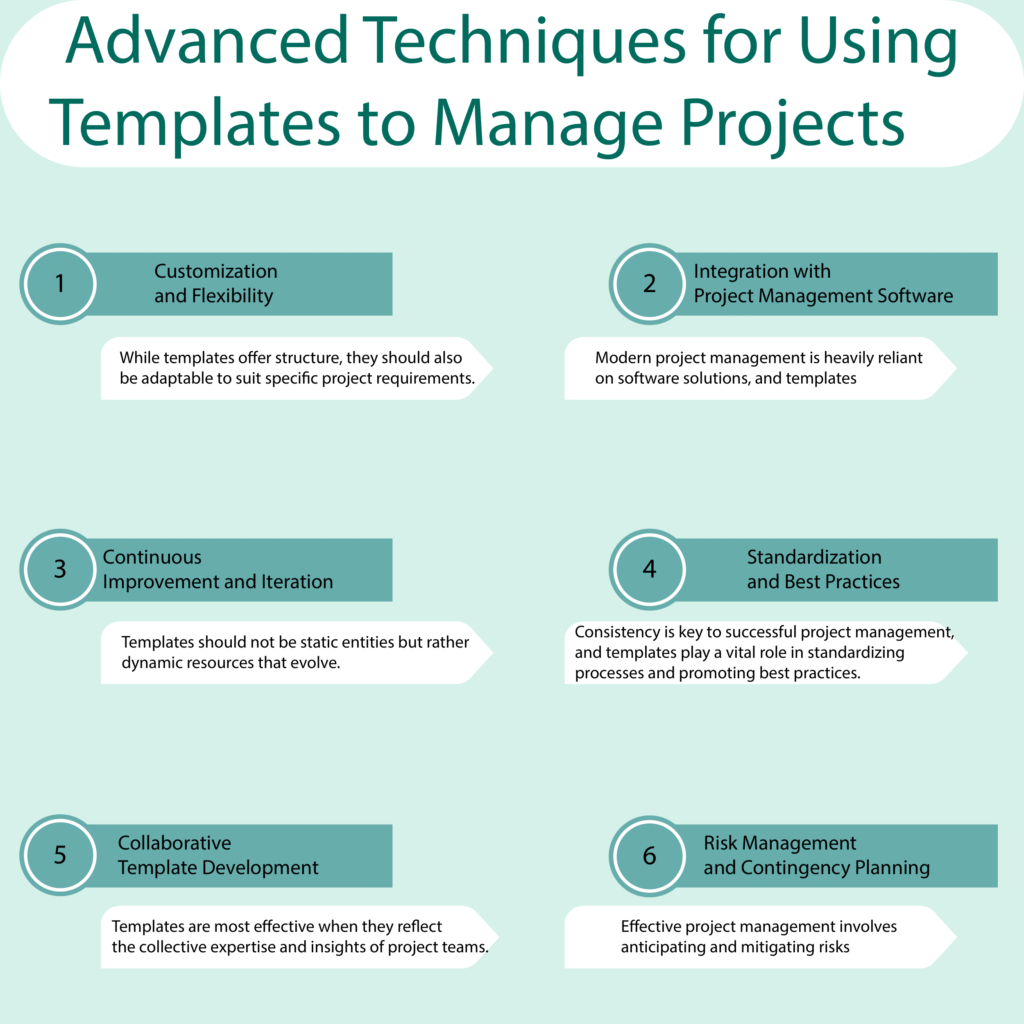
- Collaborative Template Development: Templates are most effective when they reflect the collective expertise and insights of project teams. Advanced techniques involve fostering collaboration in template development and harnessing the diverse perspectives and experiences of team members. By involving stakeholders in the design and refinement of templates, teams can ensure relevance, buy-in, and ownership. Collaborative template development also promotes knowledge sharing and cross-functional alignment, leading to more robust and comprehensive tools for project execution.
CLICK HERE TO DOWNLOAD 300+ PROJECT MANAGEMENT TEMPLATES & DOCUMENTS IN EXCEL
- Risk Management and Contingency Planning: Effective project management involves anticipating and mitigating risks, and templates can be powerful tools for incorporating risk management processes. Advanced users integrate risk assessment frameworks, contingency plans, and mitigation strategies directly into project templates. By proactively addressing risks at the template level, teams can minimize disruptions, enhance resilience, and safeguard project outcomes. This proactive approach ensures that risks are systematically identified, evaluated, and addressed throughout the project lifecycle.
In conclusion, templates are indispensable assets in the project manager’s toolkit, offering structure, consistency, and efficiency. However, to fully harness their potential, adopting advanced techniques is crucial. By customizing templates, integrating them with project management software, embracing continuous improvement, standardizing best practices, fostering collaboration, and incorporating risk management processes, teams can unlock new levels of productivity and success. Advanced template utilization isn’t just about following a template—it’s about leveraging it as a dynamic and strategic resource to drive project excellence.
